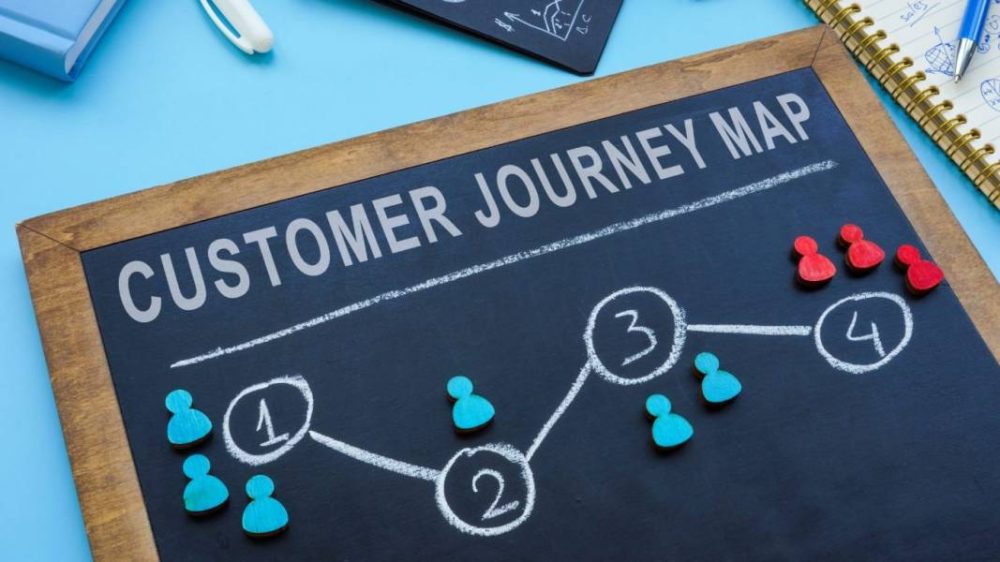Customer service has evolved significantly over the years, transcending mere issue resolution to become a cornerstone of business strategy and customer retention. In today’s competitive landscape, providing exceptional customer service is not just a nice-to-have but a crucial component of maintaining customer satisfaction and loyalty.

Importance of customer service
Customer service is vital for supporting customers before, during, and after their purchase or use of a product or service. It directly influences customer retention and brand reputation:
- Retention and revenue: Keeping existing customers is cost-effective. Good customer service keeps customers happy and loyal, boosting revenue.
- Competitive advantage: Exceptional customer service sets a brand apart in a crowded market. It involves personalized interactions and exceeding expectations.
- Brand reputation: Positive customer service enhances brand reputation and generates positive word-of-mouth. Poor service can result in customer loss and negative reviews.
3 Most Important Things in Customer Service
Following are the 3 important qualities of customer service –
1. Patience, professionalism, and a people-first attitude
– Key traits include courtesy, reliability, and intelligence.
– Deep knowledge of products and sales is essential.
2. Confidence and communication
– Confidence, patience, and positive body language are crucial.
– Rapid task delivery impresses customers.
– Effective use of Customer Experience (CX) software enhances interactions.
3. Continuous improvement and support
– Encouraging the “80/20 rule” for balancing tasks and innovation boosts morale.
– Thorough product knowledge is necessary for problem-solving and risk management.
– Great customer service influences buying decisions, with many willing to pay more for excellent service.
– Reliable and confident support ensures customer satisfaction and loyalty.
Customer service is essential for closing the loop in a business, providing the support that complements product quality and sales efforts. According to Sprinklr, The three most important qualities of customer service are people-first attitude, problem-solving and personal/professional ethics.
The role of customer journey mapping
A customer journey map visually depicts how customers interact with a brand at various touchpoints, providing insights into their perspective from initial awareness through post-purchase support. Essential elements of a customer journey map include touchpoints, critical moments, customer emotions, and potential behaviors.
Benefits of customer journey mapping
Customer journey mapping offers several benefits that contribute to both customer satisfaction and business growth:
- Insight generation: Provides deep customer behavior insights to tailor strategies effectively.
- Cross-functional alignment: Maps customer journeys to unify the customer experience.
- Enhanced customer experience: Identifies and optimizes touchpoints for greater satisfaction and loyalty.
- Strategic decision making: Informs decisions on product, marketing, and service enhancements with real customer data.
How to implement customer journey map
Creating an effective customer journey map involves several steps:
1. Set goals
To ensure your customer journey map drives real impact, establish clear goals for each audience segment across their journey stages. Engage key stakeholders from different departments to gather diverse insights and set achievable goals that align with improving the customer experience.
2. Conduct persona research
Gather extensive data about your target personas to inform your customer journey map. Utilize real customer interactions and feedback through interviews, surveys, customer support logs, social media monitoring, and web analytics. Incorporate both qualitative and quantitative data to make informed decisions.
3. Define customer touchpoints
Identify and document the key touchpoints where customers interact with your brand. Consider the actions, emotions, and challenges at each touchpoint relevant to your business type. Tailor touchpoints to accurately reflect your unique customer journey.
4. Map the current state
Create a visual representation of the current customer journey using tools like Lucidchart. Collaborate with stakeholders to ensure accuracy, focusing on content rather than aesthetics. Include touchpoints, actions, channels, and ownership for each phase of the journey. Use design elements to enhance clarity.
5. Map future states
Visualize potential improvements in the customer journey based on identified gaps and pain points. Use tools like Lucidchart to map out solutions and compare current versus future states. Share insights company-wide to align teams on improvement areas and their roles in enhancing the customer journey.
Conclusion
Understanding customer service dynamics and executing effective customer journey mapping are crucial strategies. Once focused mainly on issue resolution, customer service now significantly enhances customer retention, drives revenue growth, and shapes brand reputation. Prioritizing exceptional customer experiences not only distinguishes businesses but also fosters customer loyalty and advocacy.
Similarly, customer journey mapping is essential for businesses seeking deeper insights into customer interactions across touchpoints. By visually mapping the customer journey from initial engagement to post-purchase support, organizations identify pain points, optimize interactions, and align internal strategies to meet customer expectations.
Successful customer journey mapping requires clear objectives, thorough persona research, defining critical touchpoints, and mapping current and future stages. This process boosts customer satisfaction and informs strategic decision-making based on authentic insights.
Integrating robust customer service with comprehensive journey mapping allows businesses to forge stronger customer connections, driving sustainable growth and gaining a competitive edge.
HedgeThink.com is the fund industry’s leading news, research and analysis source for individual and institutional accredited investors and professionals









